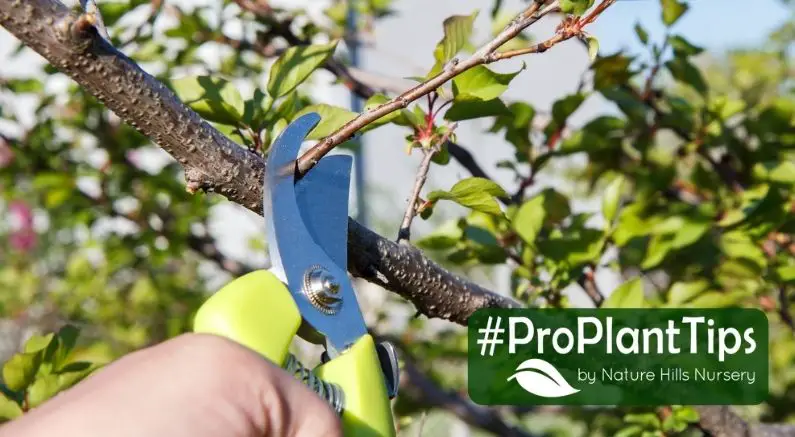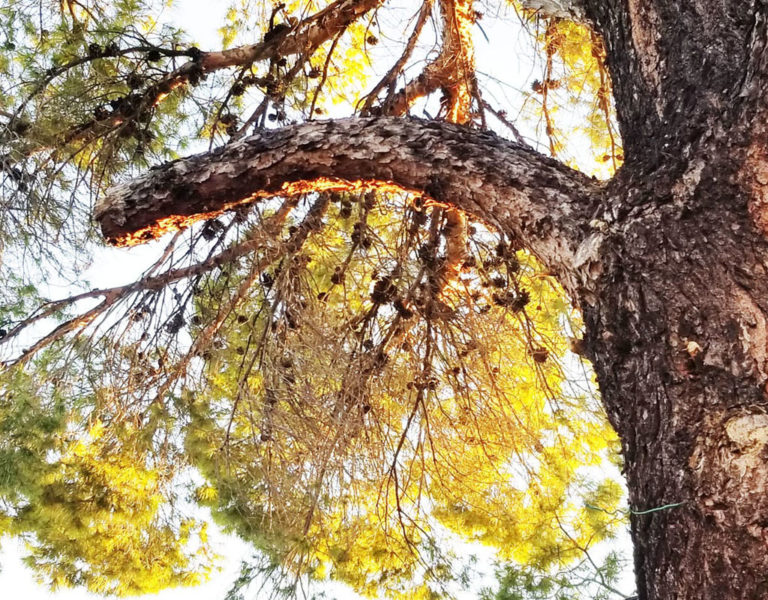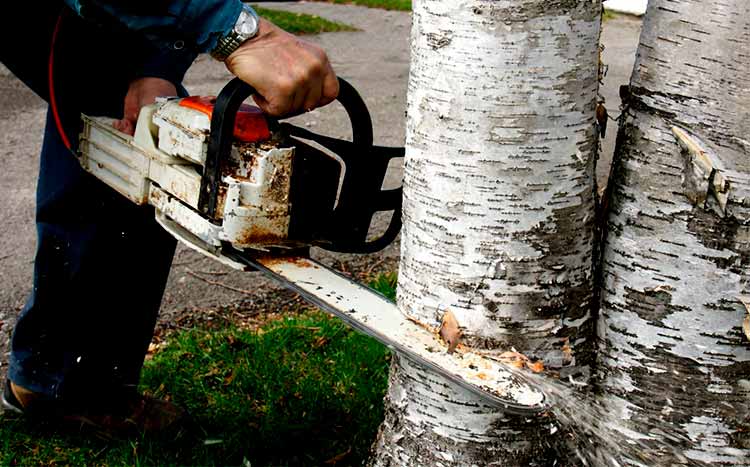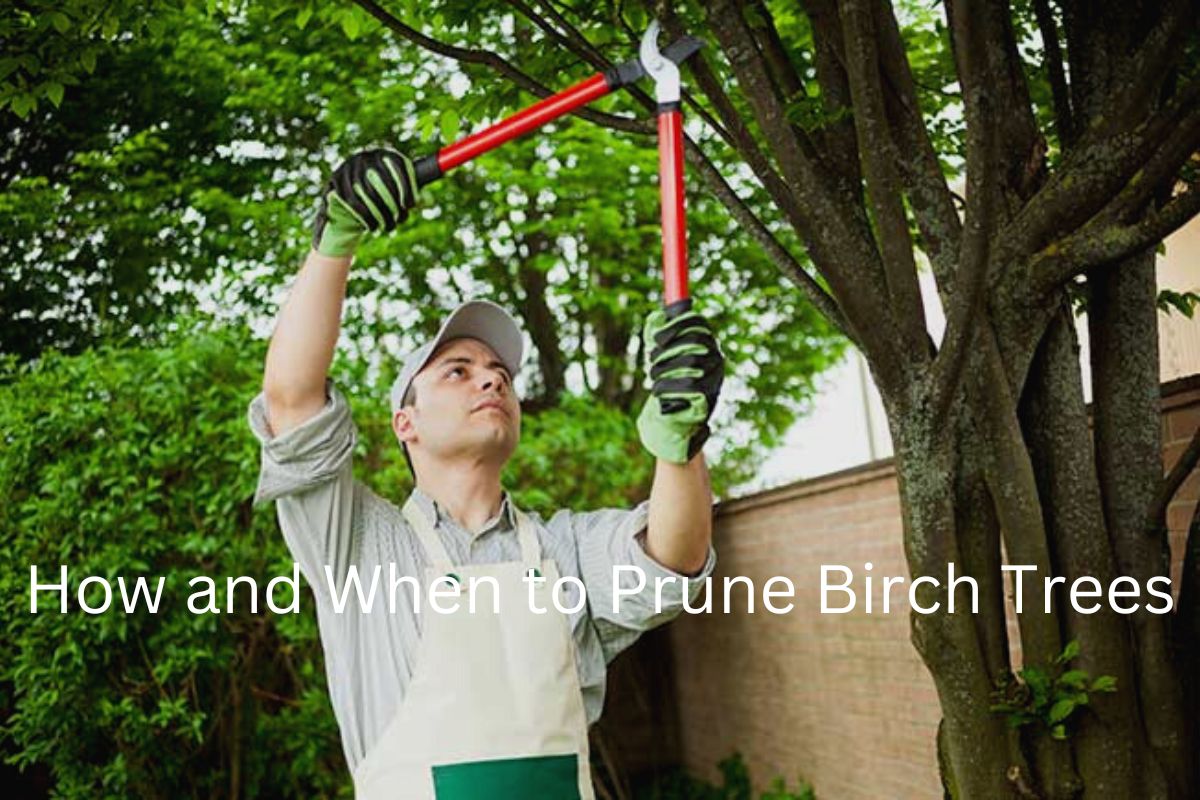Understanding the Importance of Pruning Your Birch Tree
Pruning birch trees is an essential part of their maintenance, as it helps maintain their shape, promotes healthy growth, and prevents disease. By pruning your birch tree regularly, you can enhance its natural beauty and increase its lifespan. Birch trees are known for their striking white bark and slender branches, but without proper pruning, they can become leggy and unattractive. Pruning also allows you to control the size of your birch tree, making it a great option for smaller gardens or landscapes.
When deciding when to trim birch trees, it’s essential to consider the tree’s age, health, and growth patterns. Young birch trees, for example, require more frequent pruning to maintain their shape and promote healthy growth. Mature birch trees, on the other hand, may only require pruning every few years to remove dead or diseased branches. By understanding the specific needs of your birch tree, you can prune it at the right time to ensure optimal health and beauty.
Pruning birch trees also helps prevent disease and pest infestations. By removing infected or infested branches, you can prevent the spread of disease and reduce the risk of pest infestations. Regular pruning also allows you to inspect your birch tree for signs of disease or pests, making it easier to address any issues before they become severe.
In addition to its practical benefits, pruning birch trees can also enhance their aesthetic appeal. By pruning your birch tree regularly, you can maintain its natural shape and promote healthy growth, making it a beautiful addition to your garden or landscape. Whether you’re looking to create a stunning focal point or simply want to keep your birch tree looking its best, regular pruning is essential.
How to Identify the Best Time to Prune Your Birch Tree
Determining when to trim birch trees is crucial for their optimal health and beauty. The best time to prune birch trees depends on several factors, including the tree’s age, health, and growth patterns. Young birch trees, typically those under 5 years old, require more frequent pruning to maintain their shape and promote healthy growth. Pruning during the dormant season, usually in late winter or early spring, is ideal for young birch trees.
Mature birch trees, on the other hand, may only require pruning every few years to remove dead or diseased branches. Pruning during the growing season, usually in late spring or early summer, is best for mature birch trees. However, it’s essential to avoid pruning during the hottest part of the summer, as this can cause stress to the tree.
The time of year also plays a significant role in determining when to prune birch trees. Pruning in the fall, for example, can help prepare the tree for the upcoming winter, while pruning in the spring can help promote new growth. However, pruning in the fall can also stimulate new growth, which may not have enough time to harden off before the winter, making the tree more susceptible to damage.
Another factor to consider when determining when to trim birch trees is the tree’s growth patterns. Birch trees that are growing rapidly may require more frequent pruning to maintain their shape and promote healthy growth. On the other hand, birch trees that are growing slowly may only require pruning every few years.
Ultimately, the best time to prune birch trees is during the dormant season, usually in late winter or early spring. This allows the tree to heal quickly and reduces the risk of disease or pest infestations. However, it’s essential to consider the tree’s age, health, and growth patterns when determining when to prune, as this can affect the tree’s response to pruning.
The Risks of Improper Pruning: Avoiding Common Mistakes
Improper pruning can be detrimental to the health and beauty of birch trees. When pruning is not done correctly, it can cause stress to the tree, making it more susceptible to disease and pest infestations. In fact, improper pruning is one of the most common mistakes that can lead to the decline of a birch tree.
One of the most significant risks of improper pruning is the spread of disease. When pruning, it’s essential to make clean cuts and avoid tearing the bark, as this can create an entry point for diseases. Additionally, pruning during the wrong time of year or using dirty pruning tools can also spread disease.
Pest infestations are another risk associated with improper pruning. When pruning, it’s essential to remove any infested or diseased branches, as these can attract pests and spread disease. However, if pruning is not done correctly, it can create an environment that is conducive to pest infestations.
To avoid common mistakes and ensure a safe and effective pruning process, it’s essential to follow proper pruning techniques. This includes making clean cuts, pruning during the right time of year, and using the right tools and equipment. Additionally, it’s crucial to monitor the tree’s response to pruning and address any potential issues that may arise.
Some common mistakes to avoid when pruning birch trees include pruning too much of the tree at once, pruning during the hottest part of the summer, and using pruning tools that are not sharp or clean. By avoiding these common mistakes, you can ensure that your birch tree remains healthy and beautiful for years to come.
When deciding when to trim birch trees, it’s essential to consider the potential risks associated with improper pruning. By following proper pruning techniques and avoiding common mistakes, you can ensure that your birch tree receives the care it needs to thrive.
Pruning Techniques for Different Types of Birch Trees
When it comes to pruning birch trees, it’s essential to consider the specific type of tree you have. Different types of birch trees have unique characteristics that require different pruning techniques. Here, we’ll discuss pruning techniques for paper birch, yellow birch, and river birch trees.
Paper birch trees (Betula papyrifera) are known for their striking white bark and slender branches. To prune paper birch trees, focus on maintaining their shape and promoting healthy growth. Remove any dead or diseased branches, and thin out the canopy to allow for air circulation and sunlight penetration.
Yellow birch trees (Betula alleghaniensis) are similar to paper birch trees but have a more golden-colored bark. When pruning yellow birch trees, focus on removing any branches that are crossing or rubbing against each other. This will help prevent damage to the tree and promote healthy growth.
River birch trees (Betula nana) are a smaller variety of birch tree that is often used in landscaping. When pruning river birch trees, focus on maintaining their shape and promoting healthy growth. Remove any dead or diseased branches, and thin out the canopy to allow for air circulation and sunlight penetration.
Regardless of the type of birch tree you have, it’s essential to prune them regularly to maintain their shape and promote healthy growth. Pruning also helps to prevent disease and pest infestations, which can be detrimental to the tree’s health.
When deciding when to trim birch trees, consider the specific type of tree you have and its unique characteristics. By pruning your birch tree regularly, you can ensure it remains healthy and beautiful for years to come.
Tools and Equipment for Pruning Birch Trees
When it comes to pruning birch trees, having the right tools and equipment is essential for a safe and effective pruning process. Here, we’ll discuss the necessary tools and equipment for pruning birch trees, including pruning saws, loppers, and gloves.
Pruning saws are a must-have for pruning birch trees. Look for a high-quality pruning saw that is specifically designed for cutting through thick branches. A good pruning saw should have a sharp blade and a comfortable handle that makes it easy to maneuver.
Loppers are another essential tool for pruning birch trees. Loppers are used to cut through smaller branches and are ideal for pruning smaller birch trees or for pruning branches that are out of reach. Look for a pair of loppers that has a long handle and sharp blades.
Gloves are also an important piece of equipment for pruning birch trees. Pruning can be a messy and dirty job, and gloves will protect your hands from sap and debris. Look for a pair of gloves that is specifically designed for pruning and has a good grip to prevent dropping tools.
Other tools and equipment that may be useful for pruning birch trees include pruning shears, hedge clippers, and a pruning pole. Pruning shears are used to cut through smaller branches and are ideal for pruning smaller birch trees. Hedge clippers are used to trim and shape the tree’s canopy. A pruning pole is a long pole with a pruning saw or loppers on the end, and is used to reach high branches.
When choosing tools and equipment for pruning birch trees, look for high-quality products that are specifically designed for pruning. Avoid using dull or rusty tools, as these can damage the tree and make the pruning process more difficult. By having the right tools and equipment, you can ensure a safe and effective pruning process that will promote the health and beauty of your birch tree.
When deciding when to trim birch trees, consider the tools and equipment you will need to complete the job. By having the right tools and equipment, you can ensure a safe and effective pruning process that will promote the health and beauty of your birch tree.
Pruning for Pest and Disease Management
Pruning is an essential tool for managing pests and diseases in birch trees. By removing infected or infested branches, you can prevent the spread of disease and reduce the risk of pest infestations. Here, we’ll discuss how to prune for pest and disease management, including how to identify common pests and diseases and how to prune to prevent their spread.
One of the most common pests that affect birch trees is the bronze birch borer. This pest can cause significant damage to the tree, including killing it. To manage bronze birch borers, prune any infested branches, and apply insecticides as needed.
Another common pest that affects birch trees is the birch leafminer. This pest can cause damage to the tree’s leaves, including discoloration and defoliation. To manage birch leafminers, prune any infested branches, and apply insecticides as needed.
In addition to pests, birch trees are also susceptible to diseases, including canker and leaf spot. To manage these diseases, prune any infected branches, and apply fungicides as needed.
When pruning for pest and disease management, it’s essential to make clean cuts and remove any infected or infested branches. This will help prevent the spread of disease and reduce the risk of pest infestations.
It’s also essential to monitor your birch tree regularly for signs of pests and diseases. Look for signs of infestation or infection, including discoloration, defoliation, and damage to the tree’s bark or leaves.
By pruning regularly and monitoring your birch tree for signs of pests and diseases, you can help prevent the spread of disease and reduce the risk of pest infestations. This will help keep your birch tree healthy and beautiful for years to come.
When deciding when to trim birch trees, consider the potential risks of pest and disease infestations. By pruning regularly and monitoring your birch tree for signs of pests and diseases, you can help prevent the spread of disease and reduce the risk of pest infestations.
Post-Pruning Care: Tips for Promoting Healthy Recovery
After pruning your birch tree, it’s essential to provide the necessary care to promote healthy recovery. Here, we’ll discuss the importance of post-pruning care and offer tips on how to care for your birch tree after pruning.
Watering is crucial after pruning, as it helps to reduce stress and promote healthy growth. Make sure to water your birch tree regularly, especially during the first few weeks after pruning. Aim to provide about 1 inch of water per week, either through rainfall or irrigation.
Fertilizing is also important after pruning, as it helps to promote healthy growth and development. Use a balanced fertilizer that is specifically formulated for trees, and follow the instructions on the label for application rates and timing.
Mulching is another important aspect of post-pruning care. Mulch helps to retain moisture, suppress weeds, and regulate soil temperature. Use a high-quality mulch that is specifically designed for trees, and apply it around the base of the tree, keeping it a few inches away from the trunk.
Monitoring your birch tree’s response to pruning is also crucial. Keep an eye out for any signs of stress or disease, and address any issues promptly. Check for signs of pests or diseases, and take action if necessary.
By providing the necessary care after pruning, you can help promote healthy recovery and ensure the long-term health and beauty of your birch tree. Remember to water, fertilize, and mulch regularly, and monitor your tree’s response to pruning.
When deciding when to trim birch trees, consider the importance of post-pruning care. By providing the necessary care after pruning, you can help promote healthy recovery and ensure the long-term health and beauty of your birch tree.
Maintenance Pruning: A Long-Term Strategy for Healthy Birch Trees
Regular maintenance pruning is essential for the long-term health and beauty of birch trees. By pruning your birch tree regularly, you can promote healthy growth, prevent disease, and maintain its natural shape and beauty.
To develop a pruning schedule, consider the age, health, and growth patterns of your birch tree. Younger trees may require more frequent pruning, while older trees may require less frequent pruning. It’s also important to consider the time of year and the weather conditions when pruning.
A good pruning schedule should include regular inspections of the tree to identify any potential issues, such as dead or diseased branches. Remove any dead or diseased branches, and prune the tree to maintain its shape and promote healthy growth.
It’s also important to make pruning a part of your overall tree care routine. This includes watering, fertilizing, and mulching, as well as monitoring the tree’s response to pruning and addressing any potential issues that may arise.
By incorporating regular maintenance pruning into your tree care routine, you can help promote the long-term health and beauty of your birch tree. Remember to prune regularly, inspect the tree regularly, and make adjustments as needed to ensure the tree remains healthy and thriving.
When deciding when to trim birch trees, consider the importance of regular maintenance pruning. By pruning regularly, you can promote healthy growth, prevent disease, and maintain the tree’s natural shape and beauty.







